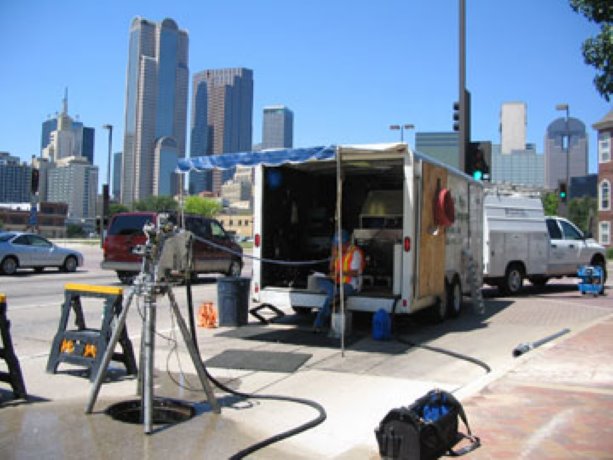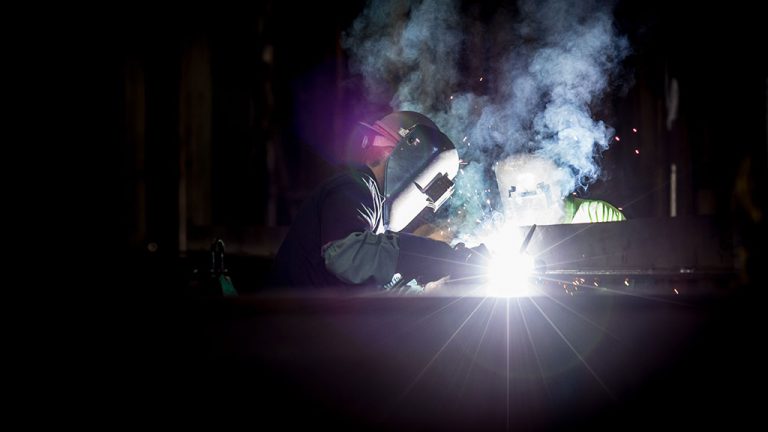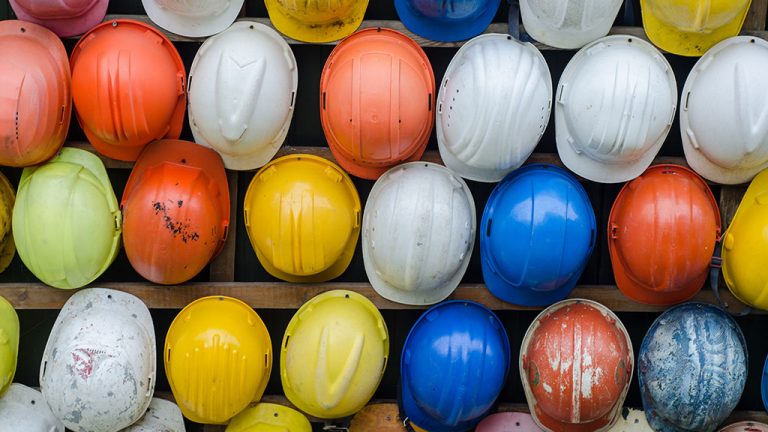Mississauga, Ont.-based Pressure Pipe Inspection Company has received $1.2 million in funding from Sustainable Development Technology Canada for its ‘Pipe Diver” prototype device for concrete water pipe inspection.
Sewer and Watermain Technology
Federal funding helped bring new technology to market
A Mississauga company thinks its technology is ready to crack the Holy Grail of pipeline testing.
The Pressure Pipe Inspection Company (PPIC) has been the beneficiary of some $1.2 million in research and development funding from Sustainable Development Technology Canada (SDTC) for its “Pipe Diver” prototype for concrete water pipe inspection and now says it’s ready to begin testing of metallic main inspection with the same technology,
“It really is the Holy Grail of pipe inspection,” says Mike Stadnyckyj, PPIC’s director of marketing.
“We’ve really learned a lot from the oil and gas industry to adapt this.”
Pipe Diver is, as the name suggests, a device that literally dives into a pipeline of concrete or metal and scans the walls as it travels to detect changes in wall thickness and flag leaks or potential leaks.
Last year, PPIC landed an $800,000 grant from the federal government to scale its technology to pipe larger than 1.5 metres (60 inches), says Xiangjie Kong PPIC’s Technology Manager.
“We have a prototype now that works with pipe 24 to 60 inches in diameter,” said Kong, noting that the company initially received $400,000 to develop the original version. PPIC currently provides internal water and sewer inspections services to clients around the world using Remote Field Eddy Current /Transformer inspection, Acoustic Emission Testing (AET) and a tether-controlled system, Sahara, which itself received $500,000 in development funding.
However, says Kong, these systems have limitations and Pipe Diver is designed to inspect pre-stressed concrete water pipe to identify problem areas before critical failures occur, thus averting millions of dollars in repairs and water loss.
PPIC says it can save about 3,600,000 litres of water — equivalent to one-and-a-half Olympic swimming pools for every 1.6-kilometre section of large diameter pipe inspected by preventing failures and allowing water service to continue during the process.
Kong says the pipe diver is primarily for water pipe but can also be used on sewers. Theoretically it can be developed for gas pipes but more work will be needed.
Since the second round of funding, Stadnyckyj says, the company has set up two major testing projects, one in the U.S. with the Environmental Protection Agency to test the technology with metallic mains and one in Mexico to test large-diameter concrete pipe.
“There really is no sweet spot in the market for large- or small-bore pipe,” he says. “It’s really across the board — that’s what’s really exciting about this.”
He said that while the oil and gas industry uses similar technology for metallic pipe inspection, adapting it for municipal lines has always been the challenge.
“In oil and gas, the lines runs straight and have lots of access points,” he says.
“With municipal lines, you don’t have that.
“You have lots of pipe from different time frames, lots of branches, turns, bends and little access.”
The Pipe Diver is inserted into the pipe line with water running, he says, and that’s a big plus, since dewatering the line is expensive and creates issues.
The water flow carries the device along at 97 per cent of the flow rate but again, it has to be fast enough to make it through, but not too fast as to disrupt the scanning process.
The uniquely Canadian technology pretty much has the market to itself, he says, pending confirmation from the test projects and that could happen by 2010.
“We’re ready to roll out now, but we need to get the confirmations because municipalities rightly want to make sure they’re using tested and proven technology,” Stadnyckyj says.











Recent Comments
comments for this post are closed